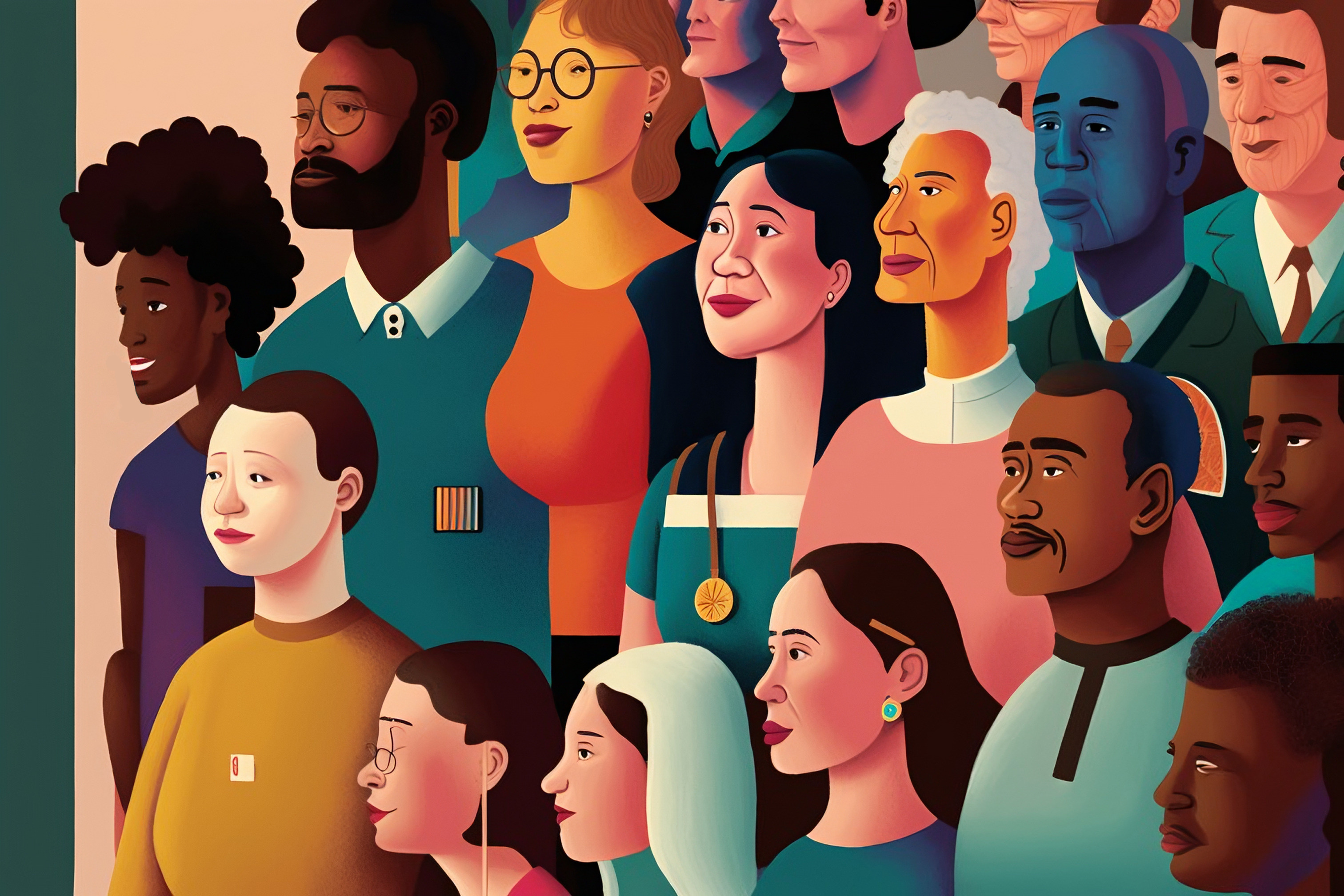Universal Design for Learning (UDL) is an educational framework based in brain science that supports all learners, including learners with disabilities. It leverages what we know about the brain networks involved in learning, to design inclusive and supportive learning environments and lessen common barriers to learning.
UDL at a glance
In UDL, each learner has a unique learning profile, shaped by their learning environment; life experience; physical, mental, and emotional abilities; background knowledge; social support; study skills; and more. This diversity of learner profiles is described as learner variability. (Fornauf et al., 2020; Meyer et al. 2014; Meyer et al., 2002)
As an instructor, learner variability can be confusing or overwhelming! UDL strategies can help you proactively design for the widest number of learners as possible. Think of it like a dinner party: a traditional dinner might involve everyone partaking in the same dish - say, spaghetti bolognese. Although this dish is delicious, it might not suit the palates or dietary needs of every guest. On the other hand, a pasta bar allowing guests to build their own dish from a selection of pasta types, toppings, sauces, and flavors, is more likely to successfully meet the needs and preferences of everyone. Much like a pasta bar, UDL strategies allow instructors to design learning environments in which most students are supported in achieving the learning outcomes.

If we design a classroom activity for one mind (maybe a mind much like our own) then only a few students will be able to do this thinking (students most like us); if we design a classroom activity for a broad range of minds, then all students will have a genuine opportunity to learn and to create new knowledge.
Learner choice is an important ingredient in this framework, which hinges on the following principles:

Provide multiple ways for learners to engage with the content and the learning community.

Provide multiple means to access (sensorily) and make sense of the content and the environment.

Provide multiple options to demonstrate and express learning.
UDL Benefits
UDL supports learners in becoming more autonomous
Online learning environments assume learners to be more autonomous than in-person ones, due to the absence of the immediate feedback afforded by face-to-face environments. This can be especially challenging for students with disabilities that interfere with executive functioning skills (e.g. ADHD, autism, anxiety) (Agaloos & Gutierrez, n.d.). UDL strategies support learners in becoming more independent in their learning.
UDL helps everyone learn
UDL strategies are helpful for learners with disabilities, but they also significantly lessen barriers to learning for many others as well.
UDL can reduce unplanned adjustments
Incorporating UDL into your course can be a significant time investment for you, the instructor. By intentionally designing for learner variability upfront, you can reduce the need for individual accommodations or on-the-fly adjustments throughout the semester, reducing some of your own stressors.
APPLYING UDL
Ready to jump in? Or maybe you've already begun, and just need some targeted information. No problem, just click one of the pages below to continue with this topic.
Sprint mini-courses
Request support
Our design services are available to all faculty from any of the four UM System campuses. So why wait? Let's get started today!
References
Agaloos, J., & Gutierrez, R. (n.d.). UDL On Campus: Executive Functioning in Online Environments. UDL On Campus. Retrieved November 20, 2023, from http://udloncampus.cast.org/page/teach_executive
Boothe, K. A., Lohmann, M. J., Donnell, K. A., & Hall, D. D. (n.d.). Applying the Principles of Universal Design for Learning (UDL) in the College Classroom. The Journal of Special Education Apprenticeship, 7(3), 1-13.
Boysen, G. A. (2021, June 24). Lessons (Not) Learned: The Troubling Similarities Between Learning Styles and Universal Design for Learning. Scholarship of Teaching and Learning in Psychology. http://dx.doi.org/10.1037/stl0000280
Dolmage, J. (2017). Academic Ableism: Disability and Higher Education. University of Michigan Press.
Fornauf, B. S., & Erickson, J. D. (2020). Toward an Inclusive Pedagogy Through Universal Design for Learning in Higher Education: A Review of the Literature. Journal of Postsecondary Education and Disability, 33(2), 183-199. https://eric.ed.gov/?q=UDL&pr=on&ft=on&id=EJ1273677
Furey, W. (2020, April 7). The Stubborn Myth of “Learning Styles”. Education Next, 20(3), 8-12. https://www.educationnext.org/stubborn-myth-learning-styles-state-teach…
Illustrative Example of a UDL Instructional Planning Process for a 4th Grade Integrated CS and Math Project. (n.d.). Creative Technology Research Lab. Retrieved November 14, 2023, from https://ctrl.education.illinois.edu/TACTICal/udl/planning-process-examp…








